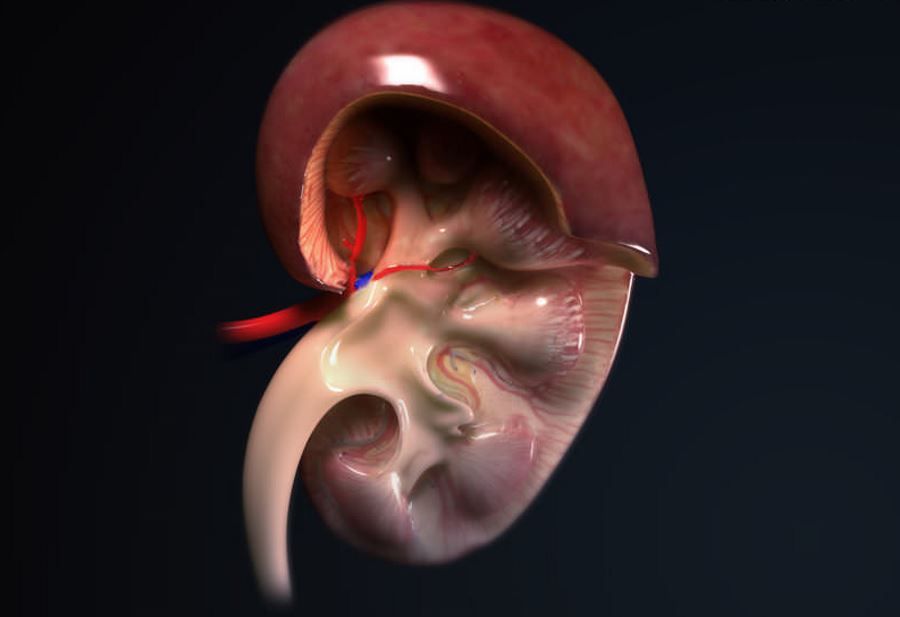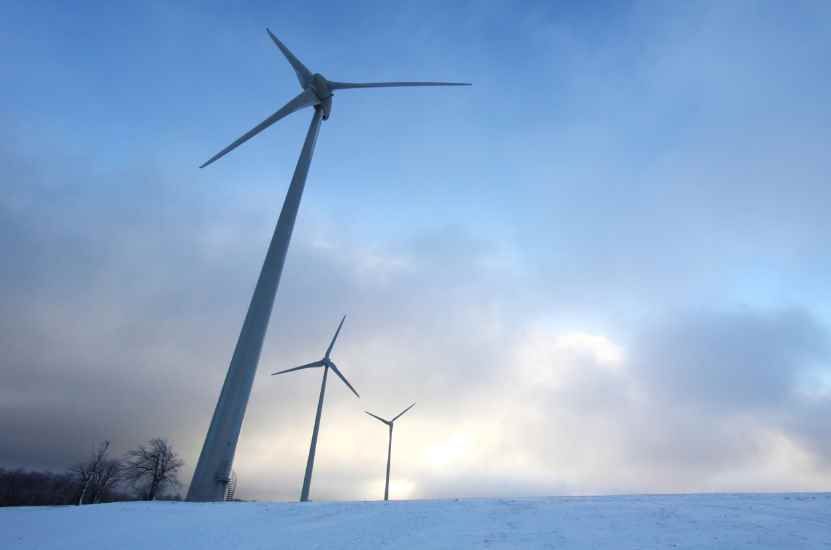Spider web will help fight air pollution
The web can be a great material for air quality analysis, complementing the electronic sensors currently in use. Spiders weave their webs everywhere, and scientists can easily collect them for research or even grow them in the lab and set them up themselves.
– In the air rotion of pollution m.in. carcinogenic compounds, that is, compounds that increase the risk of developing canceroin such as e.g. benzopyrene, spread very quickly. Therefore, the state of air quality must be constantly monitored. They are used for this rotion of electronic sensors, whichore are, however, quite heavy, very expensive, require constant supervision, and the measurements made with them are limited in time. With our research we would like to improve the whole process – moD. student of Wroclaw University of Technology (PWr) Radoslaw Rutkowski.
As we read in a communiqué published by PWr, the researchers’ activities can be described as biomonitoring, i.e. observing the state of the environment with the help of specific species ofoin animals or plants. Air pollution studies can be conducted by analyzing m.in. mosses, lichens, composition of leaves, needles, animal hair, bird piora or just the spider webow.
The spider web seems to be the most favorable in this comparison. – Spiders live practically everywhere, in homes, factories, traffic tunnels, parks and other public places, and interestingly pollution does not bother them so much. The net itself for the study can be easily and cheaply collected, or it can be grown in the lab and set up on its own – notes Rutkowski, quoted by Wrocław-based.
Research on spider websow at the Wrocław University of Technology for several years has been conducted by Dr. hab. Justyna Rybak of the Faculty of Environmental Engineering. She was joined by young scientists Radoslaw Rutkowski, a PhD student, and Magdalena Bożek, a student from the Biomonitoring Section of the Environmental Team Scientific Circle.
Assessment of pollution levels over several months
By analyzing the collected spider webs, it is possible to monitor changes in air pollution levels over a certain period of time. It is also possible to study the type of pollution they have been exposed to and its sourceodło (e.g. communications or industrial). The webs are suitable for roAlso to check the level of air pollution by heavy metals and polycyclic aromatic hydrocarbons, i.e. compounds with carcinogenic propertiesorczych.
The Wroclaw scientists focused their research on spider websoin the funnel-shaped family, whichor whose representatives weave dense, easy-to-collect nets in the shape of a funnel-shaped sheet, in which theorm they inhabit. – These spiders are not very large, although the body length of the greater protractor can reach 2 cm, and the span of the odnove even up to 10 cm. Importantly, these spiders do not eat their webs, and this allows for further analysis, reports the Wroclaw university.
Optimal research period, during whichorego network exposure is three months, although networks of several days can also be studied. – The advantage of our method is that we have the ability to assess pollution levels over several months, which cannot be done by any other means. After that, we are able to analyze the degree of accumulation of pollution and determine how much people residing in the area are exposed to it – stresses Rutkowski.
"We are able to cover a much larger area with research than electronic devices"
Three electronic stations are currently operating in Wroclaw, ktore monitor air quality. – This is too little to comprehensively assess the state of the air in the entire city. Meanwhile, spider webs can be deployed practically anywhere and, through analysis, indicate, for example. places whereohe air pollution is the highest – Magdalena Bożek adds. Networks for research in the capital of Lower Silesia have already been collected in several places. The worst performers in terms of pollution were probki, whichore were located in the immediate vicinity of traffic.
Scientistow still face a lot of challenges. Each family of spidersow tka other type of network, ktore in rot can react to pollution to different degrees. – However, we are able to state whichore sites are more polluted and cover a much larger area than electronic devices. This is a simpler and much cheaper solution – notes Bożek.
According to Rutkowski, spider webs, although they will probably not replace electronic sensorsow, are an excellent complement to the air monitoring methods currently in use, and are certainly much cheaper. – We also have a lot of ideasow to develop our research – assures Rutkowski.


